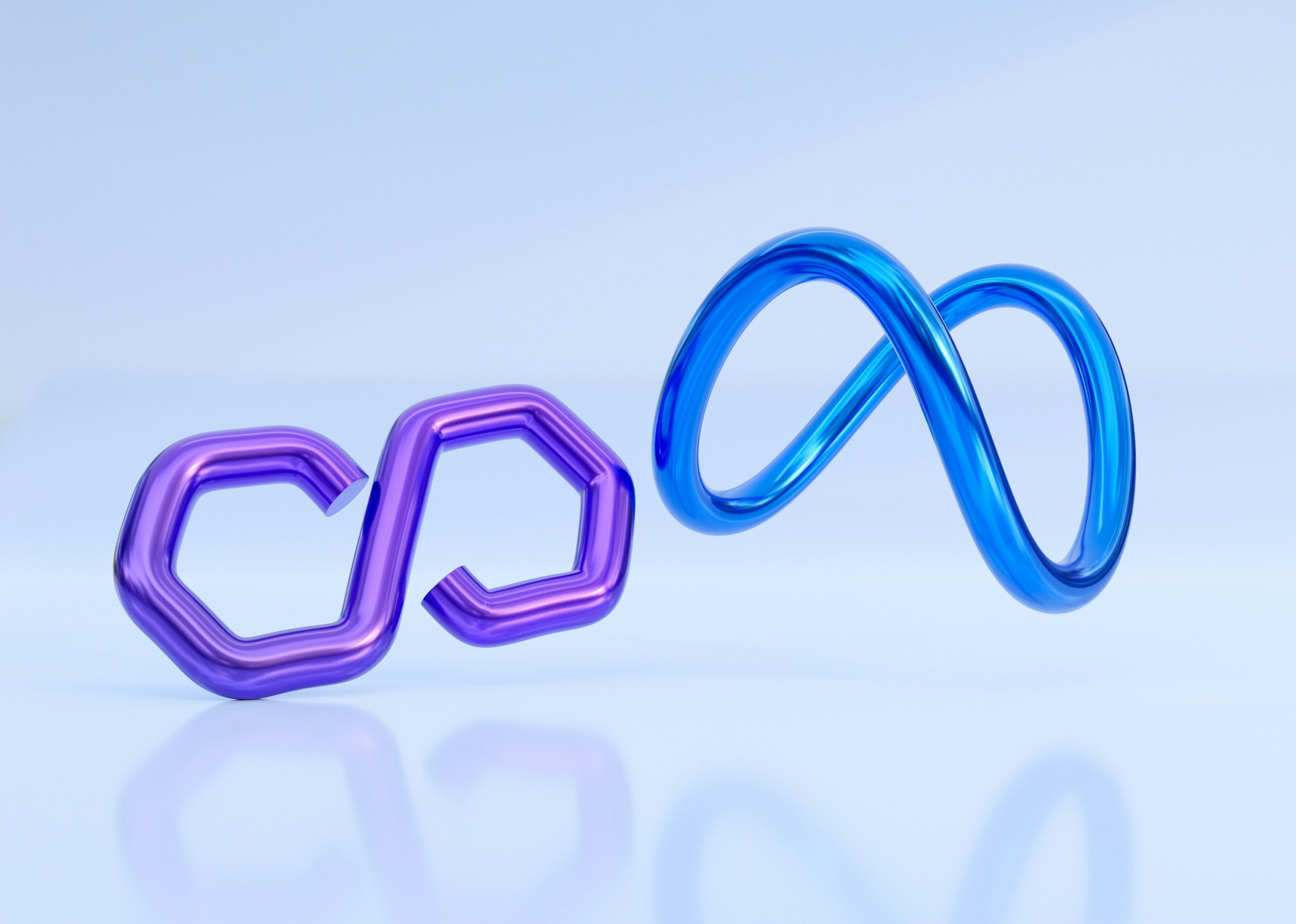August 21, 2024
Ad Fatigue Explained: Signs, Strategies, and Solutions for Effective Meta Ad Campaigns
Learn how to identify and overcome ad fatigue in your Meta ads with strategies like creative rotation, frequency optimization, and audience segmentation.
Strategies
4 Min Read
On an average, people see around 4,000-10,000 ads per day.
When audiences become desensitized or bored with seeing the same ads repeatedly, it’s called ad fatigue.
This happens when the same ad creative is shown too frequently, leading to a decrease in engagement, click-through rates, and overall campaign effectiveness.
In fact, 91% people think that ads have become more intrusive.
This phenomenon not only lowers the return on investment (ROI) of your ad campaigns but can also harm your brand image over time.
But there are some strategies you can use to avoid this.
Maintaining fresh and engaging ads is crucial to avoid ad fatigue. Regularly updating your ad creatives, varying your messaging, and experimenting with different ad formats can keep your campaigns dynamic and appealing.
It's also essential to monitor your ad performance and make timely adjustments using tools like AdsNerd to ensure that your audience remains engaged.
Let’s look at them.
Recognizing the Signs of Ad Fatigue: What to Look For
Declining Click-Through Rates (CTR)
When users start seeing the same ad over and over, they tend to lose interest, resulting in fewer clicks.
A sudden decline in CTR is a strong indicator that your audience is no longer as engaged as they once were.
Increasing Cost Per Click (CPC)
When your ads start to perform poorly, platforms like Meta will charge more to get the same level of visibility.
This is because users are engaging less with your ads, signaling to the platform that your content isn’t as relevant or appealing to your target audience as it once was.
Lowering Conversion Rates
A drop in conversion rates, even when your ad impressions remain high, is another telltale sign of ad fatigue.
This means that while people may still be seeing your ads, they’re not taking the desired action, whether it’s signing up for a newsletter, making a purchase, or filling out a form.
Creative Rotation Strategies: Keeping Your Audience Interested
Developing Multiple Creative Variants
Relying on a single ad creative can quickly lead to saturation, where your audience becomes bored or desensitized to your message.
Instead, develop multiple creative variants that differ in imagery, messaging, and calls to action (CTAs).
For instance, you could create different versions of your ad that highlight various product benefits, use distinct visuals, or feature different CTAs.
This also allows you to appeal to different segments of your audience.
To maximize effectiveness, consider testing these variants to see which combinations resonate best with your audience.
Using Dynamic Creative Optimization (DCO)
Dynamic Creative Optimization (DCO) is a powerful tool that takes creative rotation to the next level.
DCO automatically mixes and matches different creative elements - such as headlines, images, and CTAs—to create personalized ad experiences for each user.
This ensures that your audience is always seeing the most relevant version of your ad, reducing the likelihood of fatigue.
Scheduling and Rotating Ads
Setting up a creative rotation schedule is essential to avoid overexposing your audience to the same ad.
For example, you might rotate between different ad creatives every few days or weeks, depending on your campaign goals and audience response.
With this, you can keep your Meta ad campaigns dynamic and prevent your audience from losing interest.
Optimizing Ad Frequency: Finding the Balance
Ad frequency refers to the number of times a single user is exposed to your ad within a given period.
While ensuring your ad reaches your audience is essential, showing the same ad too frequently can lead to ad fatigue.
You can use tools like frequency capping, which limits the number of times an individual user sees your ad.
This ensures your ads are shown just enough times to make an impact without overwhelming your audience.
A/B testing different frequency settings can help you determine the optimal balance for your specific audience and campaign goals.
For instance, you might compare the performance of ads shown at a frequency of 2 times per user against ads shown 4 times per user to see which yields better engagement and conversion rates.
Final Thoughts:
Recognizing and addressing ad fatigue is crucial for the success of your Meta ad campaigns.
To make managing your Meta ads easier and more effective, you can leverage AdsNerd.
This tool not only helps you monitor and combat ad fatigue but also optimizes your entire ad strategy.
AdsNerd provides just the insights you need to keep your campaigns running smoothly and maintain a competitive edge.
Try it today for free!







